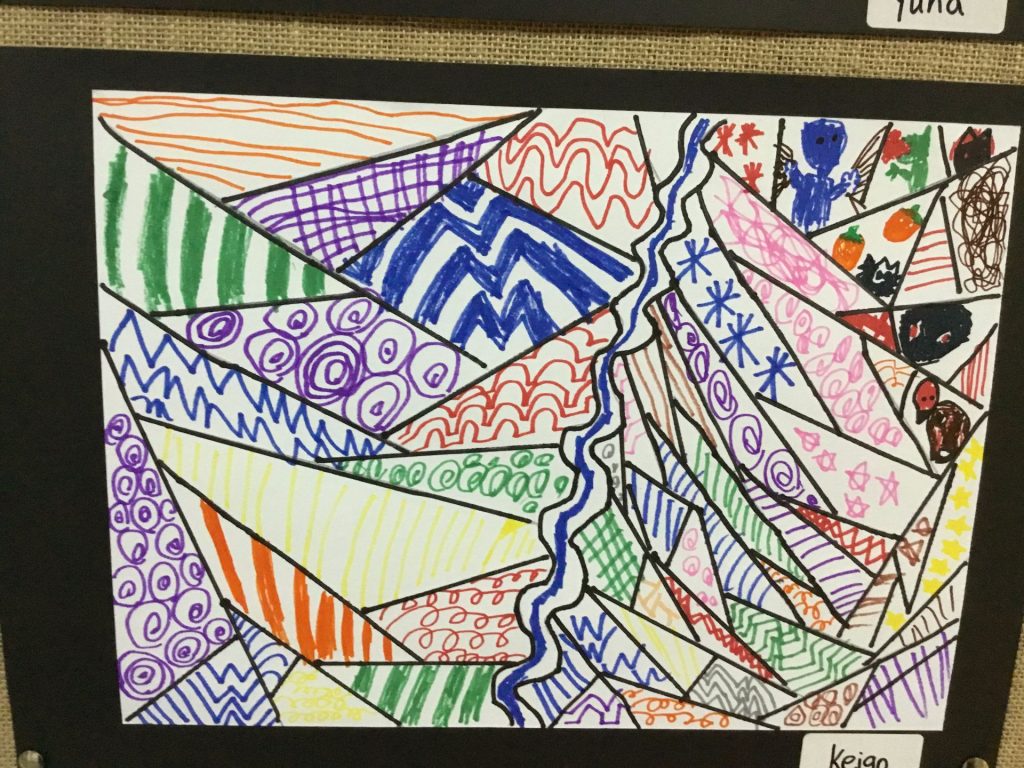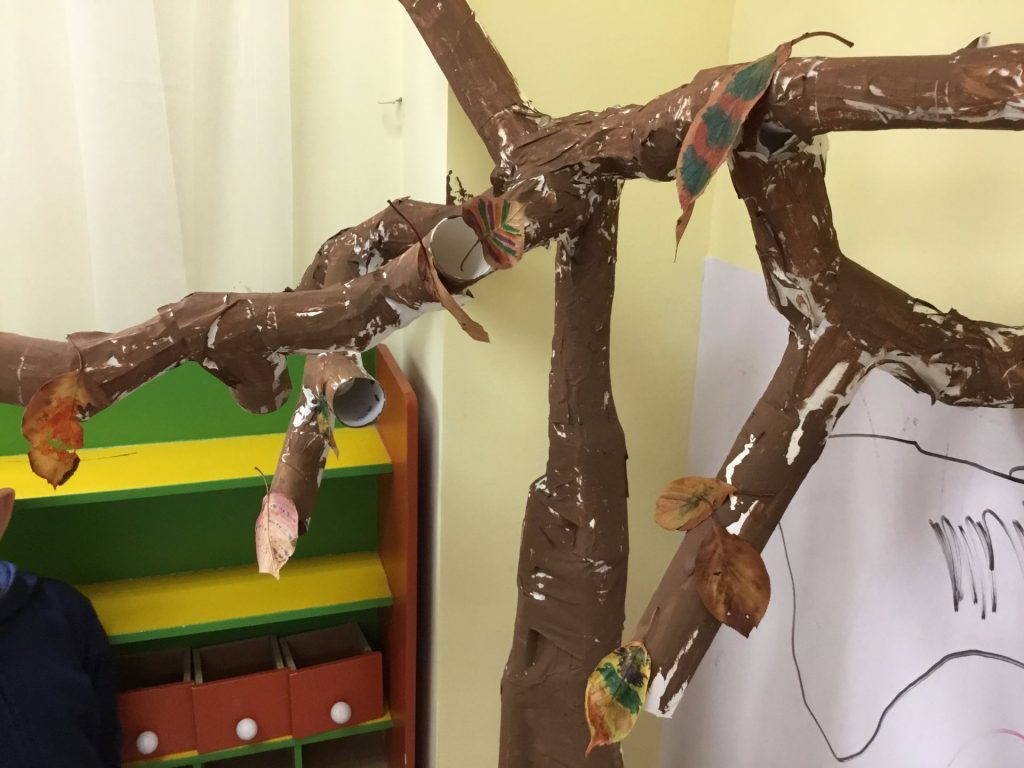Thank You!
 Mr. Cal read ‘Splat Says Thank You‘ by Rob Scotton. In this story, Splat the Cat’s trusty mouse friend, Seymour, needs cheering up, and Splat wants to help. Splat shared his special thank-you book with Seymour. His book lists all the sweet and funny reasons Splat is thankful for their friendship. The students reflected on which zone Splat and Seymour were in, while listening to the story. We discussed what thankful means.
Mr. Cal read ‘Splat Says Thank You‘ by Rob Scotton. In this story, Splat the Cat’s trusty mouse friend, Seymour, needs cheering up, and Splat wants to help. Splat shared his special thank-you book with Seymour. His book lists all the sweet and funny reasons Splat is thankful for their friendship. The students reflected on which zone Splat and Seymour were in, while listening to the story. We discussed what thankful means.
Ms. Lucia was not in today as she was feeling ill. The students explained “She must be in the ‘blue‘ zone, just like Seymour”. After listening to the story the students decided to make Ms. Lucia a Thank You card.
Thank You Ms. Lucia for…
- helping us with the snack mat
- helping us paint, write and cut
- helping us with lunch
- translating (into Mandarin)
- reading to us
SLO’s
- explain possible causes for their different feelings and emotions
- identify positive thoughts and attitudes in themselves
- identify and explore strategies that help them to cope with change
- recognise that everyone has feelings, emotions and perspectives that may differ from their own
- share their own ideas and feelings in an appropriate manner
- listen and respond in small or large groups for increasing periods of time
- join in with poems, rhymes, songs and repeated phrases in shared books
- listen and respond to picture books, showing pleasure, and demonstrating their understanding through gestures, expression and/or words

























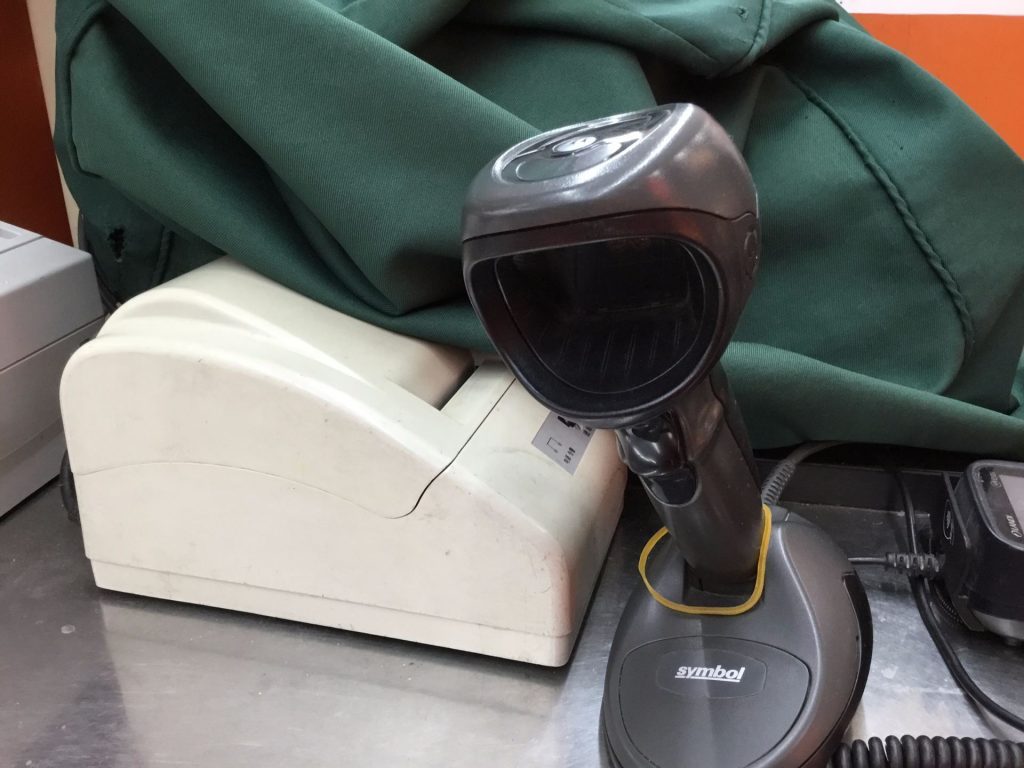






























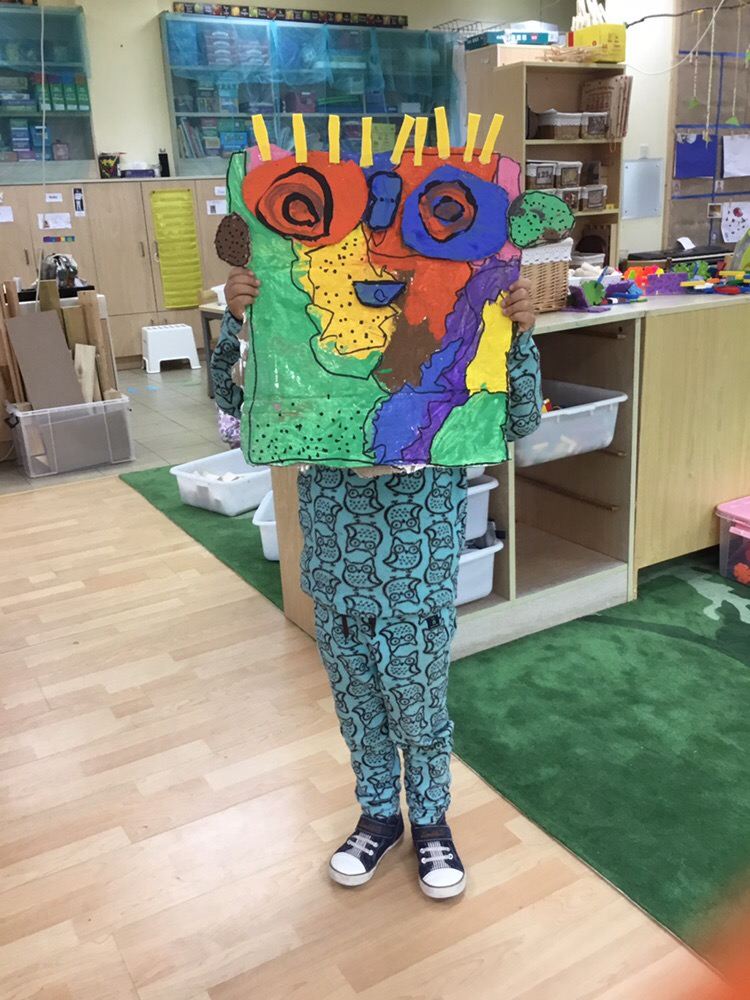









 The students brought in 10 RMB to buy a baked good from a sale. They money from the ‘Bake Sale’ will be donated to the
The students brought in 10 RMB to buy a baked good from a sale. They money from the ‘Bake Sale’ will be donated to the 
























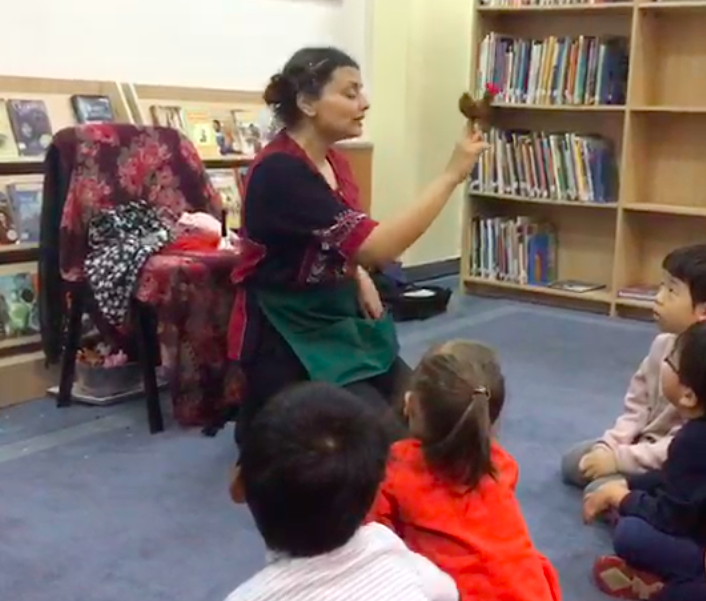

























 The students were then invited to create their own pots, leaves and decorations. They were encouraged to think about what we learned about
The students were then invited to create their own pots, leaves and decorations. They were encouraged to think about what we learned about 
